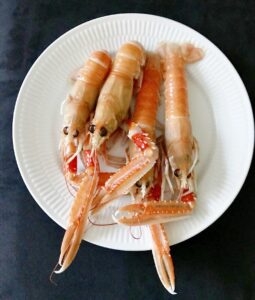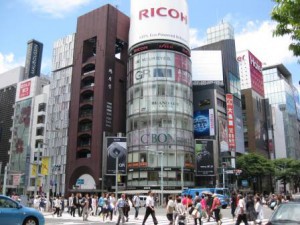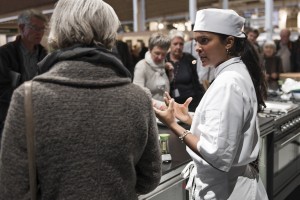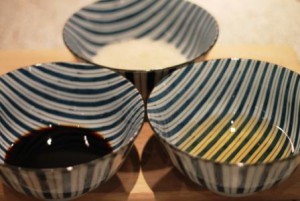One of the Japanese favorites to eat for lunch is an onigiri which usually consists of only 3 ingredients. When I talk about the classic Japanese onigiri, it contains rice, seaweed and fish.
Most people know fish is healthy. The Japanese are the population in the world that eats most fish. Their favorite fish are fatty fish, which are rich in omega 3.
The Japanese are also the population that eats the most seaweed. Seaweed is not just seaweed. There are many different types of seaweed depending on the dish to be made. Seaweed is the vegetable in the world that contains the most vitamins and minerals.
Since 2004 I have been eating onigiri in Japan. It was my Japanese kendo teacher in Tokyo who mentions me the classic Japanese lunch dish, which is also ideal when on the go.
Several have asked me if I do teach online cooking classes, and yes I do. I have therefore developed a new online course where you learn step by step to make 5 onigiri with 5 different kinds of fillings. It ranges from cooking rice, buying fish to the Japanese hand techniques used to make onigiri.
You can read more about the Mini ebook: 5 Healthy Onigiri for One
_
Zoë has held sushi courses and cooking classes for A. P. Moller – Maersk, Hugo Boss Nordic, Novo Nordisk, Novartis, Velux, Gorrissen Federspiel, Beierholm revision, Elbek & Vejrup and many more.









